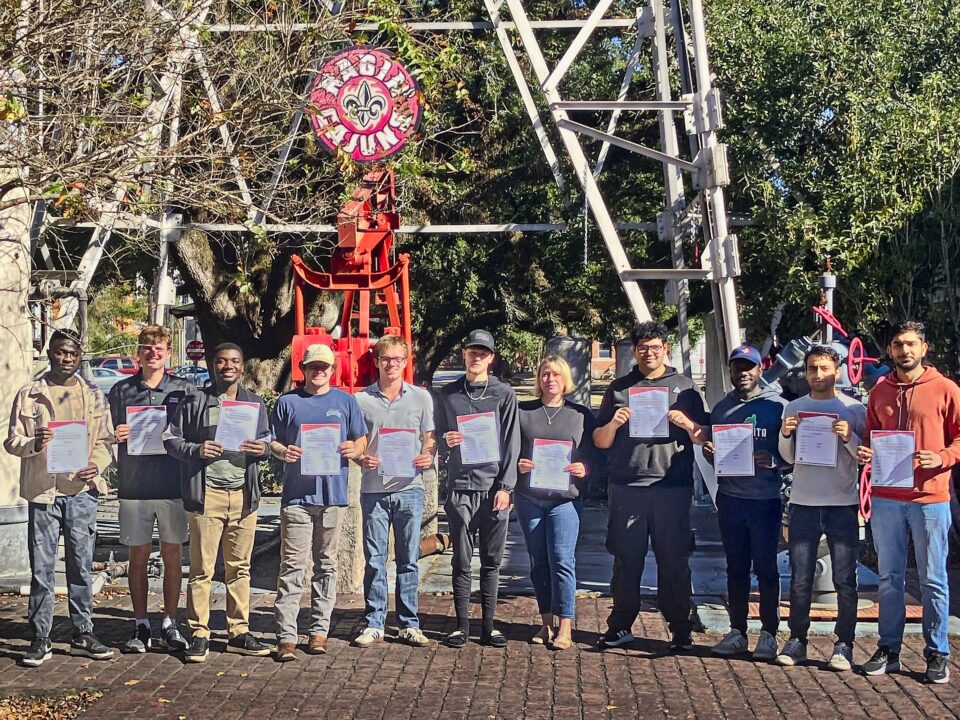The IADC Lexicon is an oil and gas dictionary of upstream-related terms, which, unlike conventional glossaries, are official definitions drawn from legislation, regulation and regulatory guidance, standards (global, national and regional), IADC guidelines, and Well Control Institute. Terms often have multiple definitions from different sources.
This month’s featured term is:
Hydrodynamic slugging
Hydrodynamic slugging (also known as normal slugging) usually occurs at moderate gas and liquid velocities. As the relative velocity of the gas moving over the liquid increases, the liquid tends to form waves until at some point the height of the waves bridges to the top of the pipe and a slug is formed. Such slugs are often generated at or near the inlet point of the system, and can grow or shrink in length downstream of their formation point, due to changes in the inclination angle and/or compressibility effects.
The length of hydrodynamic slugs is principally a function of the flowline diameter (but typically they are relatively short, being in the order of 20 to 40 pipe diameters in length) and hence the use of two smaller-diameter flowlines in place of one bigger line can assist in controlling this type of slugging. It should be noted, however, that these short high-frequency slugs can also merge into longer low-frequency slugs due to terrain/other effects.
Source: API RP 17A, Design and Operation of Subsea Production Systems—General Requirements and Recommendations, Fourth Edition, Reaffirmed 2011. Global Standards



